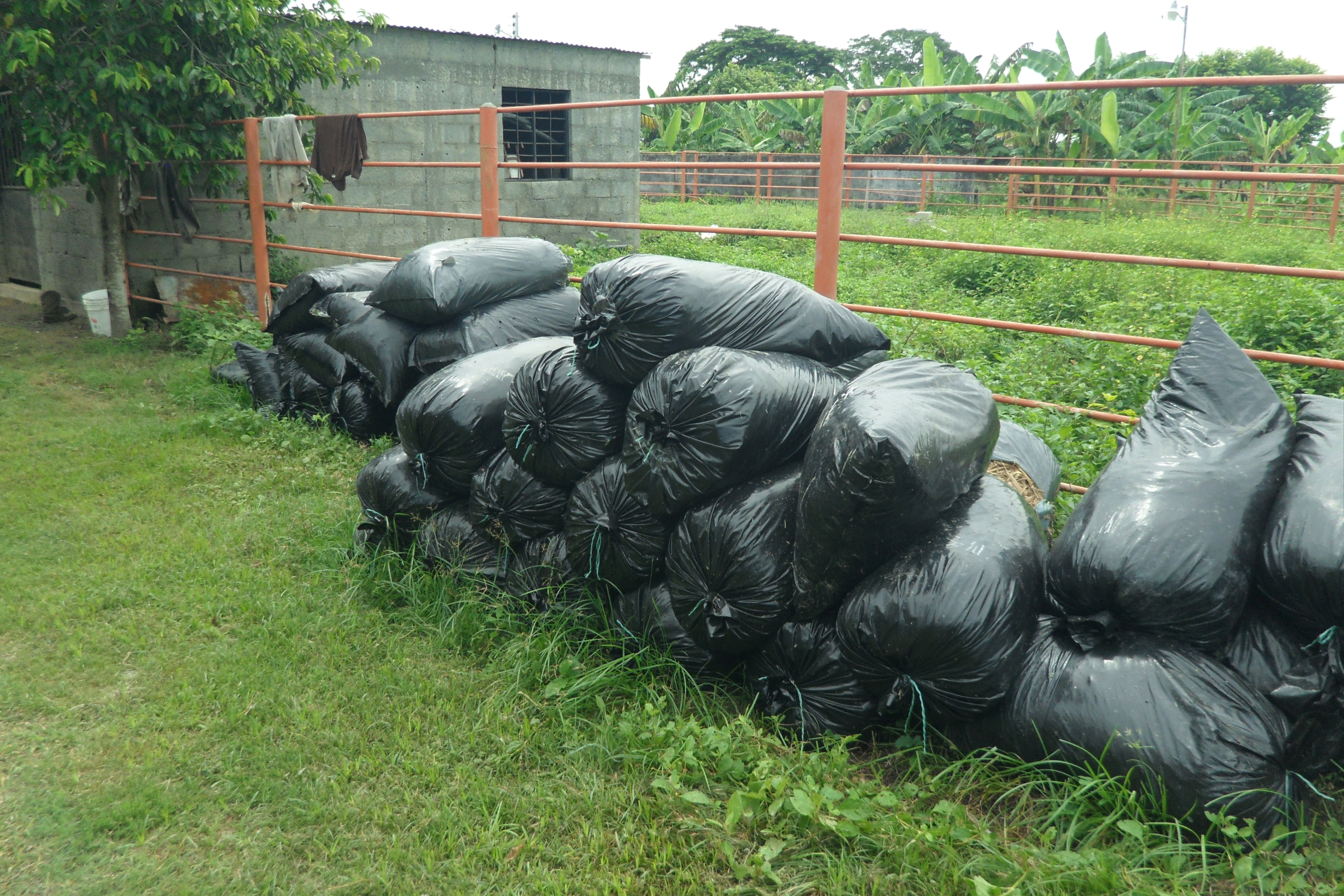Silage, a technique for preserving fresh forage, is fundamentally dependent on a successful anaerobic fermentation process. A well-fermented silage not only preserves the nutritional value of the forage, but also makes it more palatable and digestible for livestock. Achieving proper fermentation requires meticulous attention to several key factors, from harvesting to sealing.
Silage in bags

Next, we will explore in detail how to ensure a high quality fermentation in your silage:
| Harvesting the forage at the optimal time |
|---|
The state of maturity of the fodder at the time of cutting significantly influences its composition and, therefore, the quality of fermentation.
Soluble sugar content: Lactic acid bacteria (LCA), are the microorganisms responsible for the desired fermentation, they feed on soluble sugars to produce lactic acid, a forage harvested at the right time, usually before flowering in grasses and with an adequate dry matter content in legumes, ensures a sufficient amount of these sugars.
Moisture content: The ideal moisture range for most forages intended for silage is between 60% and 70%.
Excessive humidity: favors the development of butyric acid-producing bacteria (clostridia), yeasts and molds, resulting in low-quality silage, with nutrient losses and unpleasant odors. In addition, it can generate effluents that pollute the environment.
Insufficient humidity: hinders compaction, favoring the presence of oxygen and the growth of unwanted aerobic microorganisms.
- Particle size: a uniform and properly sized chop (usually between 1 and 3 cm) facilitates compaction, the release of cellular juices rich in sugars and the exclusion of oxygen. A too fine chop can generate caking problems, while a too coarse one makes compaction difficult.

| Fast and efficient silage |
|---|
Once the fodder is harvested, it is crucial to reduce the exposure to oxygen as quickly as possible, the presence of oxygen allows the respiration of plant cells and the growth of unwanted aerobic microorganisms, consuming sugars and reducing the quality of the silage, that is why a rapid filling of the silo must be carried out continuously to minimize the time of exposure of the fodder to the air, also a uniform distribution to facilitate a homogeneous compaction.
Compaction is a fundamental step to eliminate the air trapped in the silage mass and create an anaerobic environment that favors the growth of lactic acid bacteria and inhibits the development of harmful microorganisms. For this, suitable machinery must be used, tractors with suitable tires can be used and performs sufficient passes to achieve optimal density, the intensity of the compaction must be adjusted to the type of fodder and its moisture content, introduce the fodder in thin layers (15-20 cm) to facilitate effective compaction at each stage, special attention is also paid to compaction at the edges and corners of the silo, since they are the areas most prone to air infiltration.
A proper seal is essential to maintain the anaerobic environment achieved with compaction and prevent the ingress of air and water, good quality silage plastics can be used, resistant to UV rays and tears, make sure that the size of the plastic is enough to completely cover the forage surface and the sides of the silo, it is important to cover the silo immediately after filling and compaction is completed, place weight on the plastic (used tires, sandbags, etc.) to ensure a tight seal and prevent wind from lifting it, pay special attention to the edges, where air infiltration is most likely.

| Silage Additives: a Boost to fermentation |
|---|
In certain situations, the use of silage additives can be beneficial to improve the fermentation and the quality of the silage, such as lactic acid bacteria (LAC) inoculants, these additives introduce specific strains of lactic acid bacteria that can accelerate and direct the fermentation towards the production of lactic acid, improving aerobic stability and nutritional value.
Dear readers, achieving a good fermentation in the silage is a process that requires attention to detail at every stage, from harvesting at the optimal time to proper sealing, each step plays a crucial role in obtaining a high-quality preserved forage that benefits the health and productivity of your livestock, by applying these principles, you will be able to maintain the nutritional value of your forage and ensure an efficient and profitable feed for your animals.
Thank you for reading our articles, until a next publication.
- Hiriart, M. (2008). Silage, processing and quality. Threshing. Mexico.
Sources
- Photography and images: All photographs are the property of the author @amestyj.
- Agrotecnia banner: made by the author @amestyj with own images
- Hive Banner: Designed by the author @amestyj with image owned by hive.








